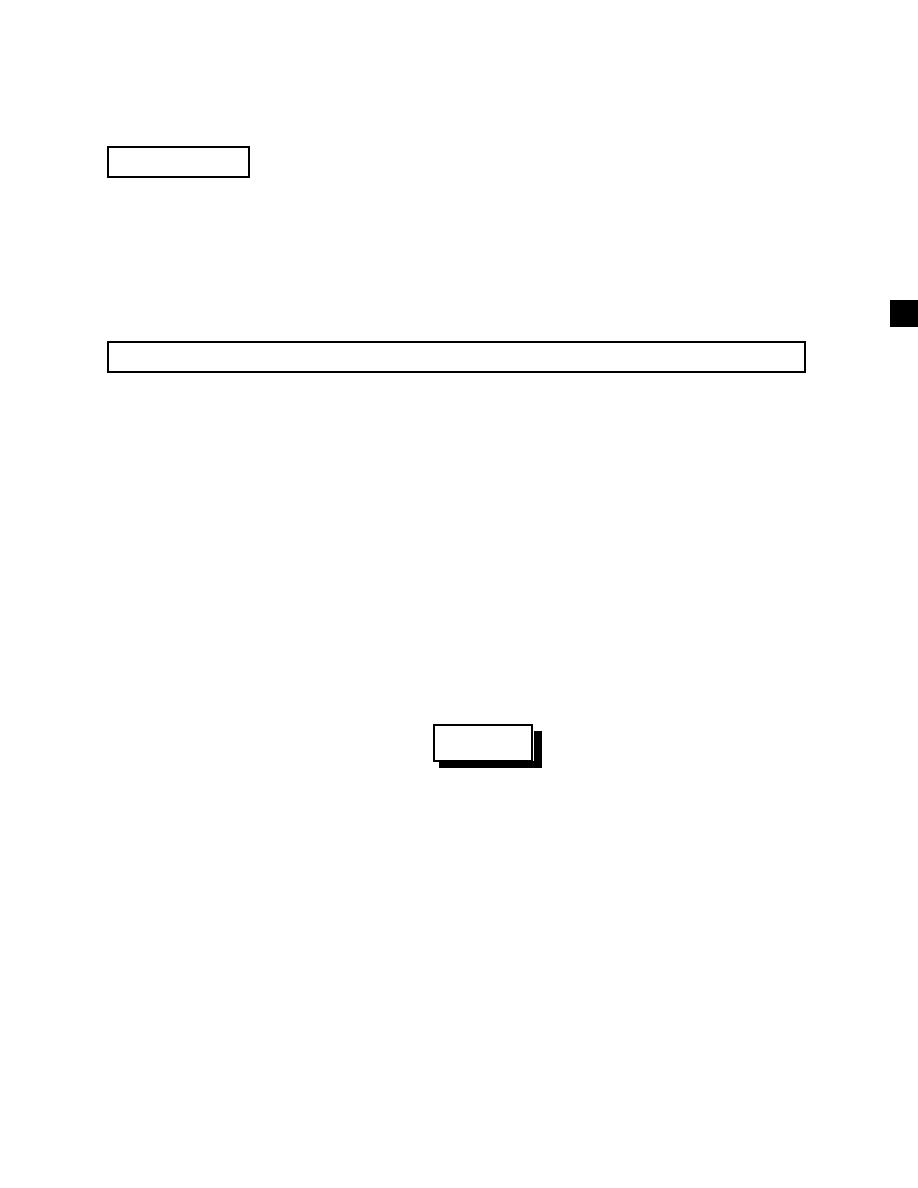 |
|||
|
|
|||
|
Page Title:
Section III. PREVENTIVE MAINTENANCE CHECKS AND SERVICES (PMCS) |
|
||
| ||||||||||
|
|
 TM 10-3930-673-20-1
Section III.
PREVENTIVE MAINTENANCE CHECKS AND SERVICES (PMCS)
2-6. GENERAL
To make sure that your vehicle is ready for operation at all times, inspect it systematically so that you can discover any defects
and have them corrected before they result in serious damage or failure. The charts on the next few pages contain your unit
PMCS. The item numbers indicate the sequence of minimum inspection requirements. If you're operating the vehicle and
notice something wrong which could damage the equipment if you continue operation, stop operation immediately.
Record all deficiencies and shortcomings, along with the corrective action taken, on DA Form 2404. The Item Number column
is the source for the numbers used on the TM Number column on DA Form 2404.
a. The item numbers of the table indicate the sequence of PMCS. Perform at intervals shown below:
(1) Do your (W) PREVENTIVE MAINTENANCE weekly.
(2) Do your (Q) PREVENTIVE MAINTENANCE quarterly (every three months).
(3) Do your (S) PREVENTIVE MAINTENANCE semiannually (every six months).
(4) Do your (A) PREVENTIVE MAINTENANCE annually (once every year).
b. If something doesn't work, troubleshoot it according to the instructions in this manual or notify your supervisor.
c. Always do your preventive maintenance in the same order, so it gets to be a habit. Once you've had some practice, you'll
spot anything wrong in a hurry.
d. If anything looks wrong and you can't fix it, write it down on your DA Form 2404. If you find something seriously
wrong, report it to Direct Support Maintenance as soon as possible.
WARNING
Drycleaning solvent P-D-680 (Type II) is a flammable solvent that is potentially dangerous to
personnel. Keep away from heat, sparks, or open flame. Flash point of solvent is l38 F (58 C).
Use only in a well-ventilated area. Inhaling vapors over a period of time can cause headache and
drowsiness. Use gloves to prevent irritation or inflammation of the skin. Solvent absorbed through
the skin can result in internal disorders. If contact occurs, wash the affected area with water for 15
minutes. For eyes, flush with water and then seek immediate medical attention.
Compressed air used for cleaning purposes will not exceed 30 psi. Use only with effective chip
guarding and personnel protective equipment (goggles/shield/ gloves, etc.) or injury to personnel
could result.
(1) Keep it clean: Dirt, grease, oil and debris only get in the way and may cover up a serious problem. Clean as you
work and as needed. Use dry cleaning solvent to clean metal surfaces. Use soap and water when you clean rubber or plastic
material.
|
|
Privacy Statement - Press Release - Copyright Information. - Contact Us |